obesity and many more life-threatening risk factors, one of the most leading cause of death and a dominant barrier to increase life expectancy in modern world is cancer. According to GLOBOCAN 2020, an estimated of 19.3 million new cancer cases (18.1 million excluding non-melanoma skin cancer) and nearly 10.0 million cancer deaths (9.9 million excluding non-melanoma skin cancer) has occurred, led cancer to ranks first or second main cause of death in nearly 112 or 183 countries and third or fourth in further 23 countries. On the basis of an estimation 1 in 3 people in the US are affected by cancer. According to the latest ranks and epidemiologic trends, cancer’s rising prominence as a leading cause of death, which leads to cardiovascular disease ranks suppressed by cancer as a dominant cause of death. According to the latest cancer estimation, Breast cancer is the most leading type of cancer, with 284,200 new cases expected in the US in 2021, the next most common cancers are lung cancer, colorectal cancer, prostate cancer, non-melanoma skin cancer and stomach. The most common causes of cancer death in 2020 were lung, colorectal, liver, stomach and breast cancer.
Targeted therapies are now new class of interest for cancer due to the advantages efficacy, selectivity and safety by acting on specific targets involved in proliferation and differentiation of cancer cells with minimal activity on normal cells compared with traditional oncologic ones. Small molecule inhibitors are one of the targeted cancer therapies, you can easily spot small molecule medicines because their generic name ends in “-ib.” By December 2020, 89 small-molecule targeted antitumor medicines have been approved by the US FDA.
Hence, one of Parsian’s biggest fields of activity is research and development in oncology to manufacture active pharmaceutical ingredients (API) and Granules of small-molecule targeted antitumor medicines along with other cancer treatments with the highest global standards to help patients battling with cancer to be cured in a better way by the latest guidelines and with the lowest adverse effects.
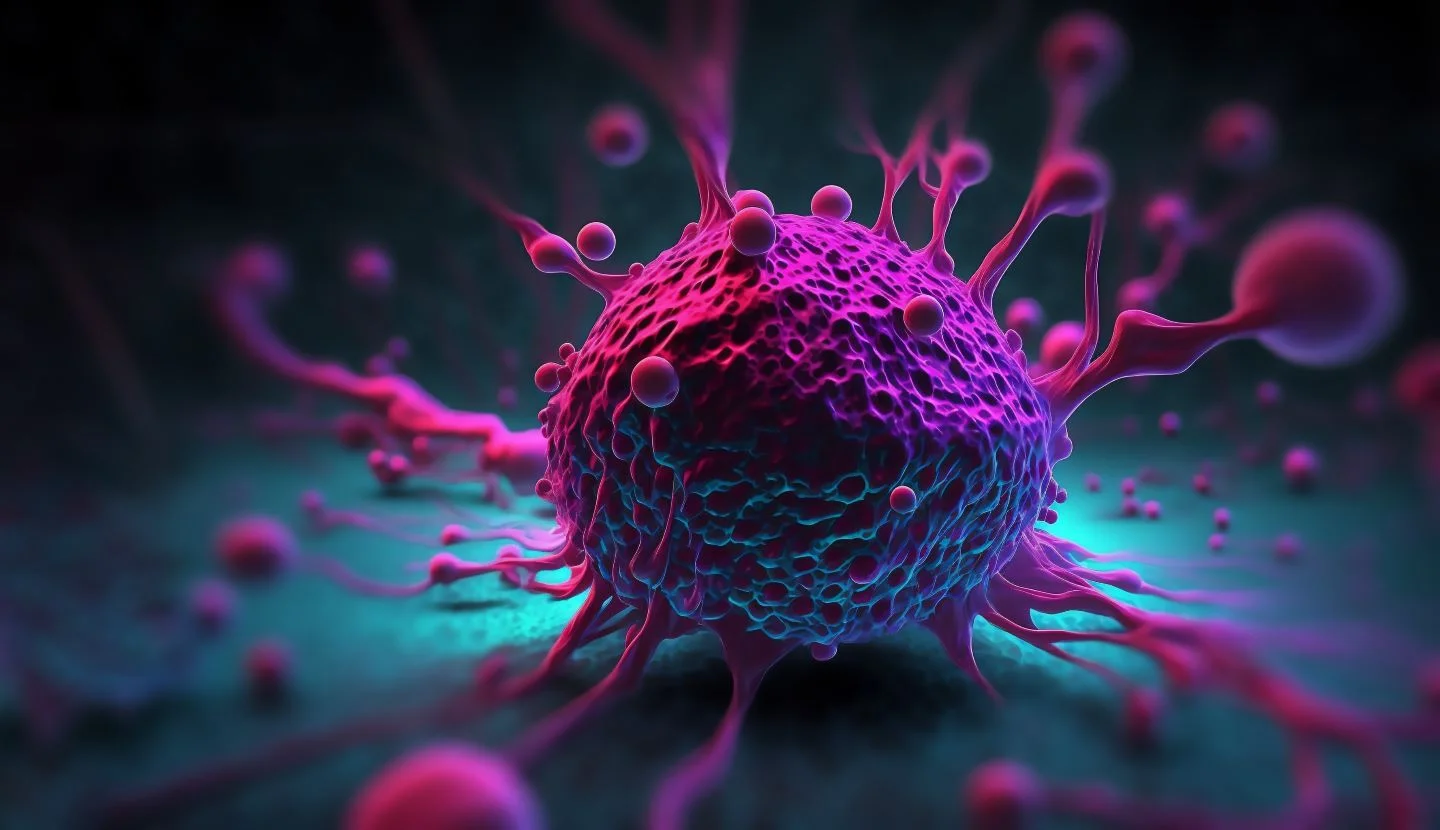
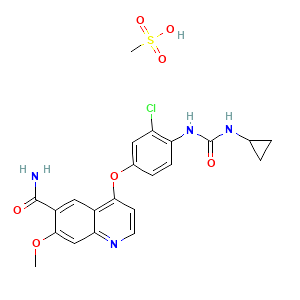
Oncology
Cas No: 857890-39-2
Mechanism Of Action: Lenvatinib is classified as a receptor tyrosine kinase (RTK) inhibitor that effectively suppresses the kinase activities of vascular endothelial growth factor (VEGF)
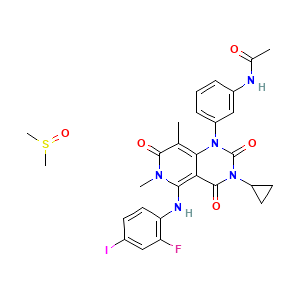
Oncology
Cas No: 1187431-43-1
Mechanism Of Action: Trametinib functions as a reversible allosteric inhibitor, showing exceptional specificity towards both MEK1 and MEK2. By binding with high affinity to unphosphorylated
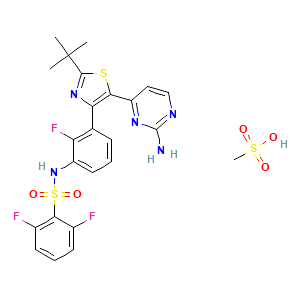
Oncology
Cas No: 1195768-06-9
Mechanism Of Action: Dabrafenib is recognized as a competitive and highly selective inhibitor of BRAF. Its mechanism of action involves binding to the ATP pocket
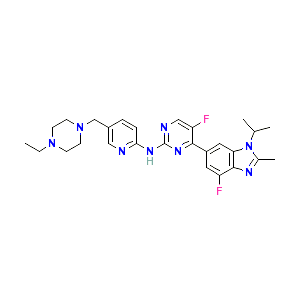
Oncology
Cas No: 1231929-97-7
Mechanism Of Action: Abemaciclib demonstrates high selectivity in inhibiting CDK4 and CDK6 with potent activity in the low nanomolar range. By inhibiting the phosphorylation of

Oncology
Cas No: 154229-18-2
Mechanism Of Action: Abiraterone is an orally active inhibitor of the steroidal enzyme CYP17A1, also known as 17 alpha-hydroxylase/C17,20 lyase. It exerts its inhibitory effects
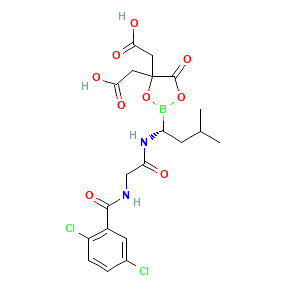
Oncology
Cas No: 1239908-20-3
Mechanism Of Action: Ixazomib functions by obstructing protein degradation through the inhibition of the 20S catalytic subunit of the 26S proteasome. Specifically, at lower concentrations,
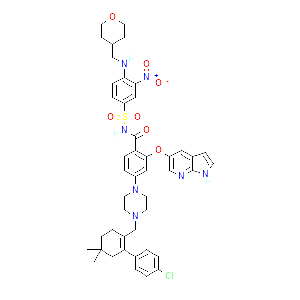
Oncology
Cas No: 1257044-40-8
Mechanism Of Action: Venetoclax is the first-in-class BCL-2 inhibitor designed to restore apoptosis (programmed cell death) in cancer cells. By directly targeting the BCL-2 protein—which
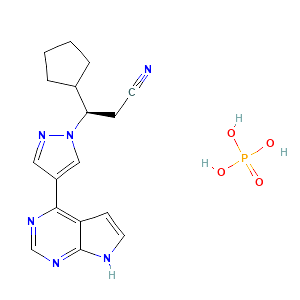
Oncology
Cas No: 1092939-17-7
Mechanism Of Action: Ruxolitinib belongs to the drug class called janus kinase inhibitors (JAK inhibitors). It acts as an inhibitor of the JAK1 and JAK2
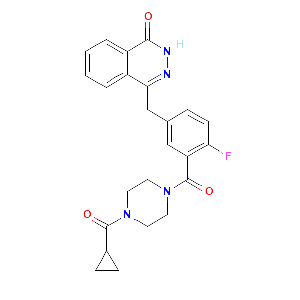
Oncology
Cas No: 763113-22-0
Mechanism Of Action: Olaparib functions as an inhibitor of poly(ADP-ribose) polymerase, effectively impeding the repair of single-strand DNA breaks. This mechanism leads to synthetic lethality

Oncology
Cas No: 877399-52-5
Mechanism Of Action: Crizotinib is a tyrosine kinase receptor inhibitor. It inhibits anaplastic lymphoma kinase (ALK), hepatocyte growth factor receptor (HGFR, c-MET), and Recepteur d’Origine